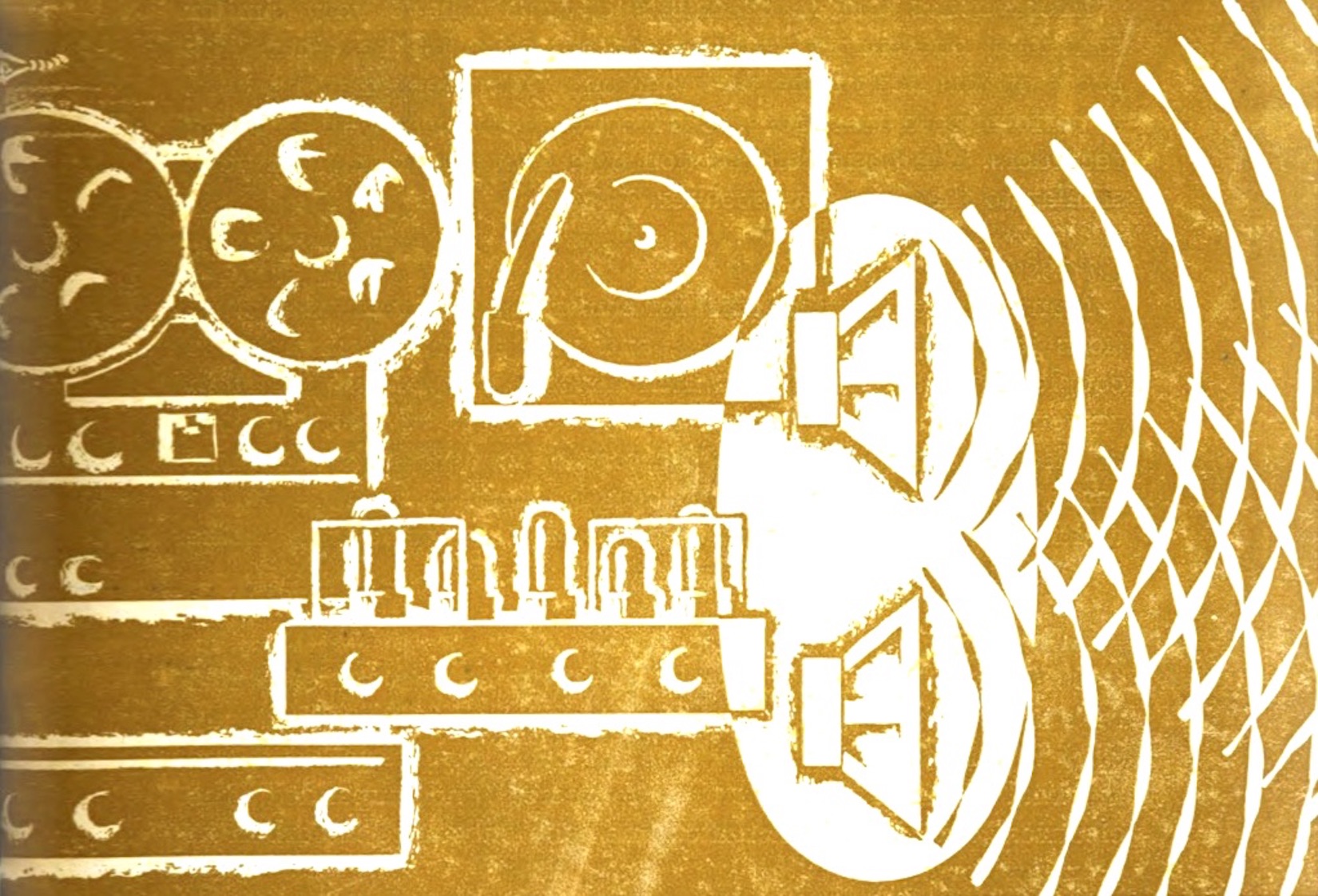The World in Stereo: Sound, Space, and Immersion, 1879-1959
Harry Burson
Media Studies
UC Berkeley
“The World in Stereo: Sound, Space, and Immersion, 1879-1959,” traces the history of the development of stereophonic sound from early research in acoustic science to stereo’s emergence as the global standard for audio media today. The way in which people across the world listen has dramatically changed with this shift from the single-speaker limitation of monophonic sound to the possibilities of stereophony, with its potential to create new representations of space through multi-speaker sound. This dissertation takes up the history of stereophonic sound to examine how the industrial and scientific contexts created the model for an ideal listening body and a particular spatial perspective. The project investigates how these listening positions bear upon questions of race, gender, and identity, at the same time that representations of acoustic space are imbricated in evolving understandings of global space in the wake of colonialism, globalization, and growing environmental awareness. Engaging with the interdisciplinary concerns of the growing field of sound studies in conjunction with the methods of media archaeology, this project examines the cultural implications of stereophonic sound technology that is both ubiquitous in its reach across the world and re-shapes understandings of the world itself through the production of immersive sonic space.

